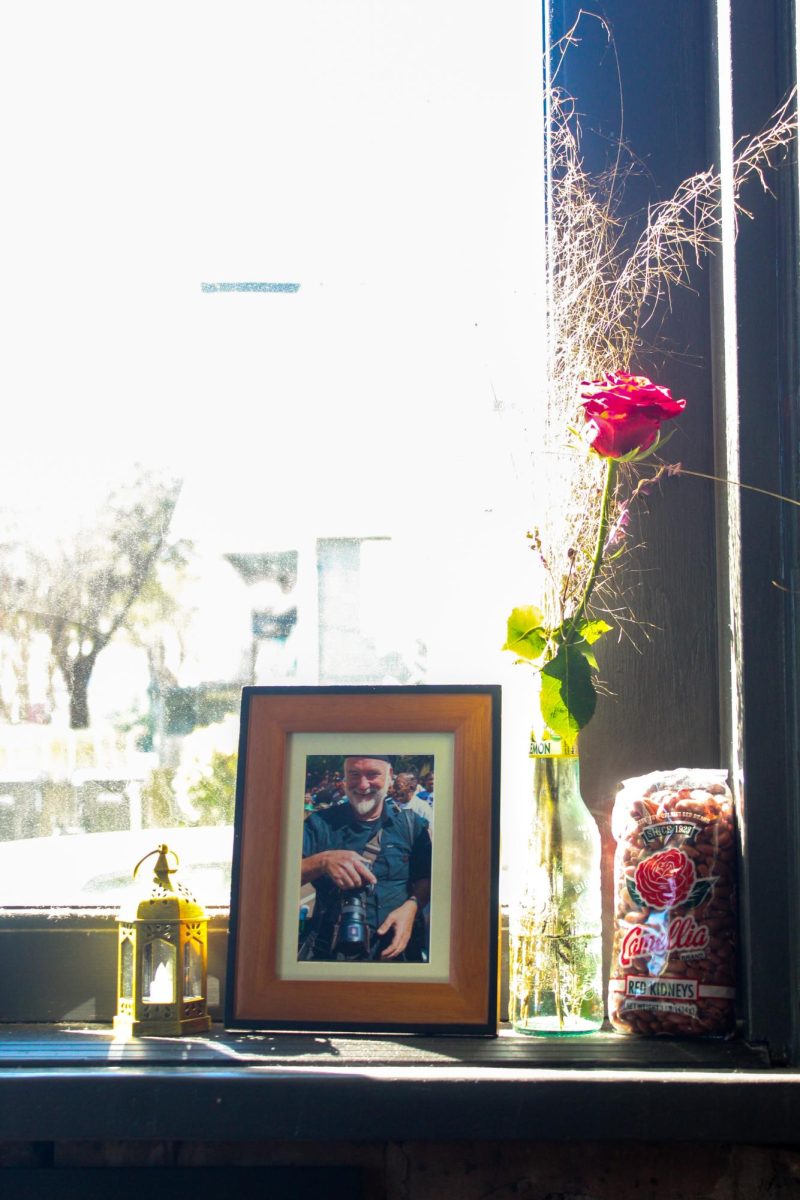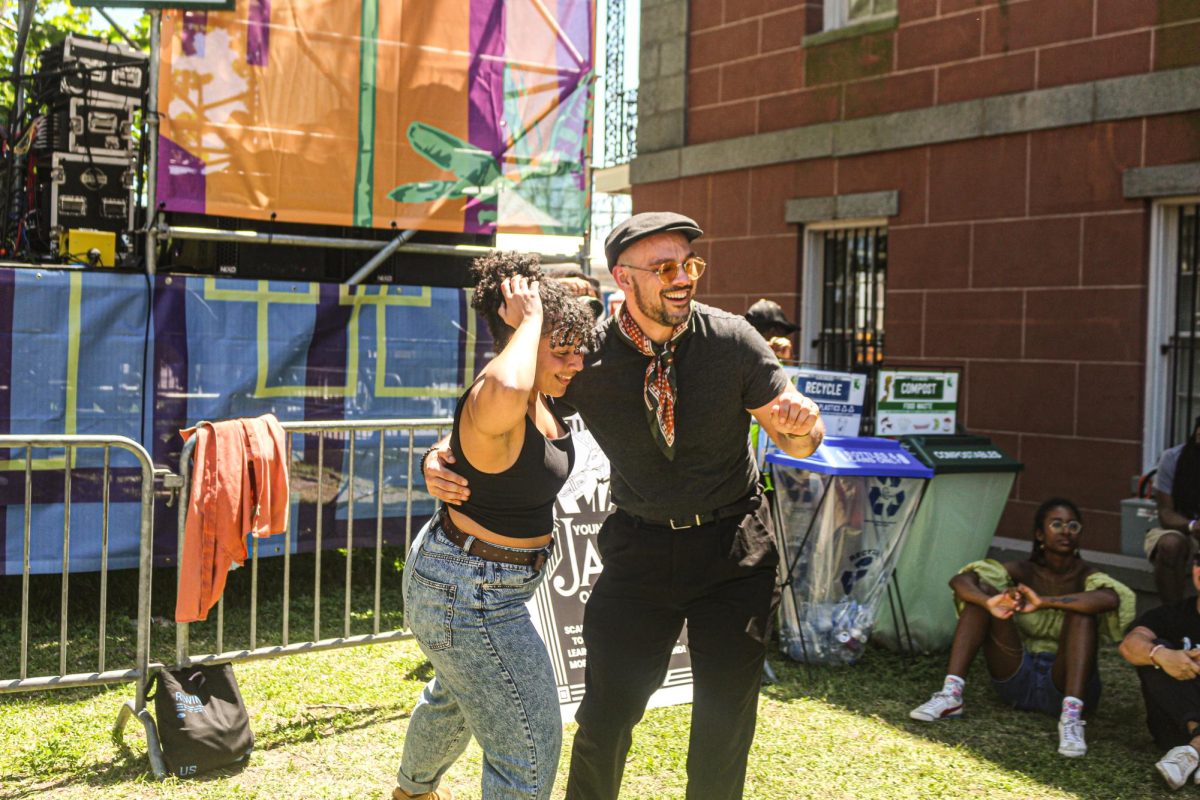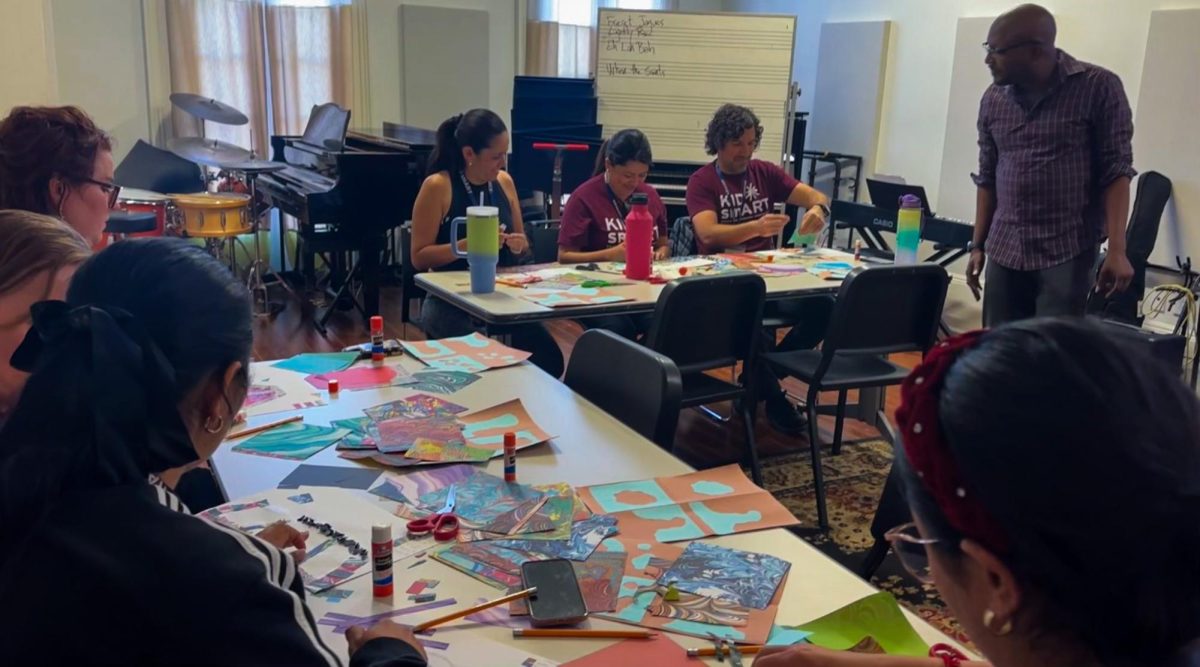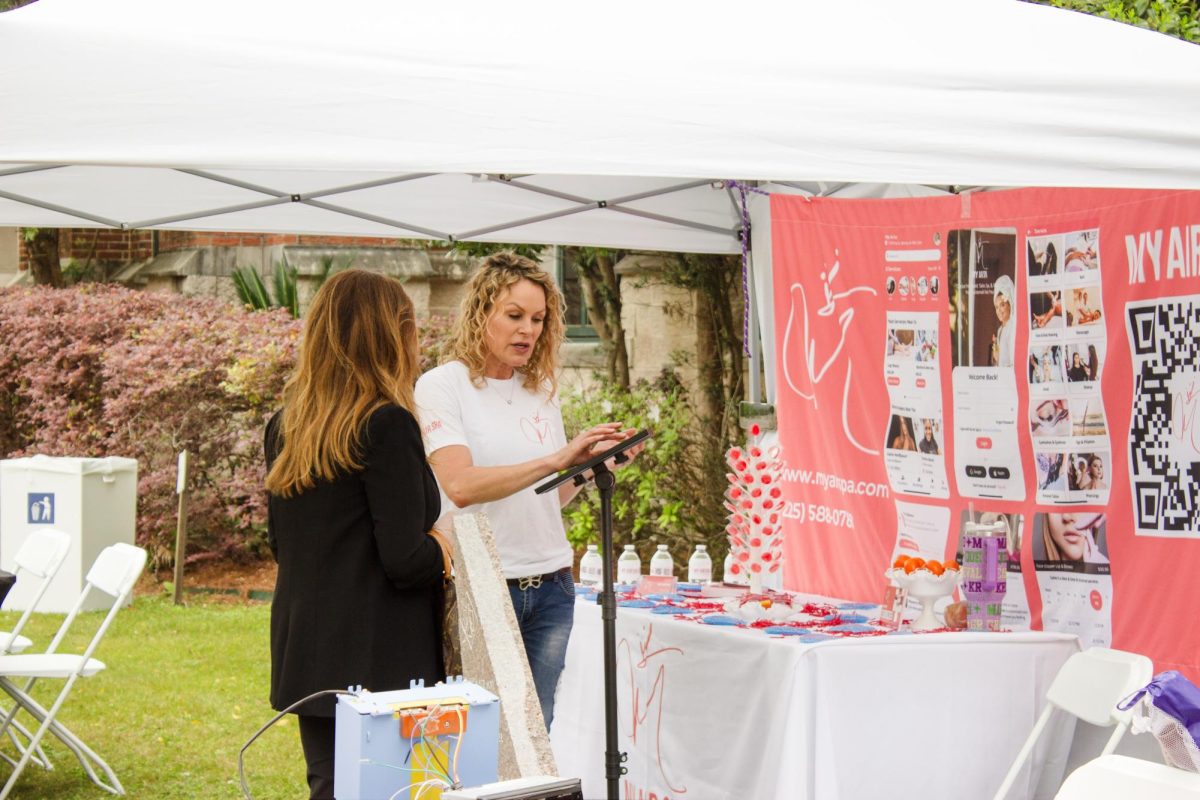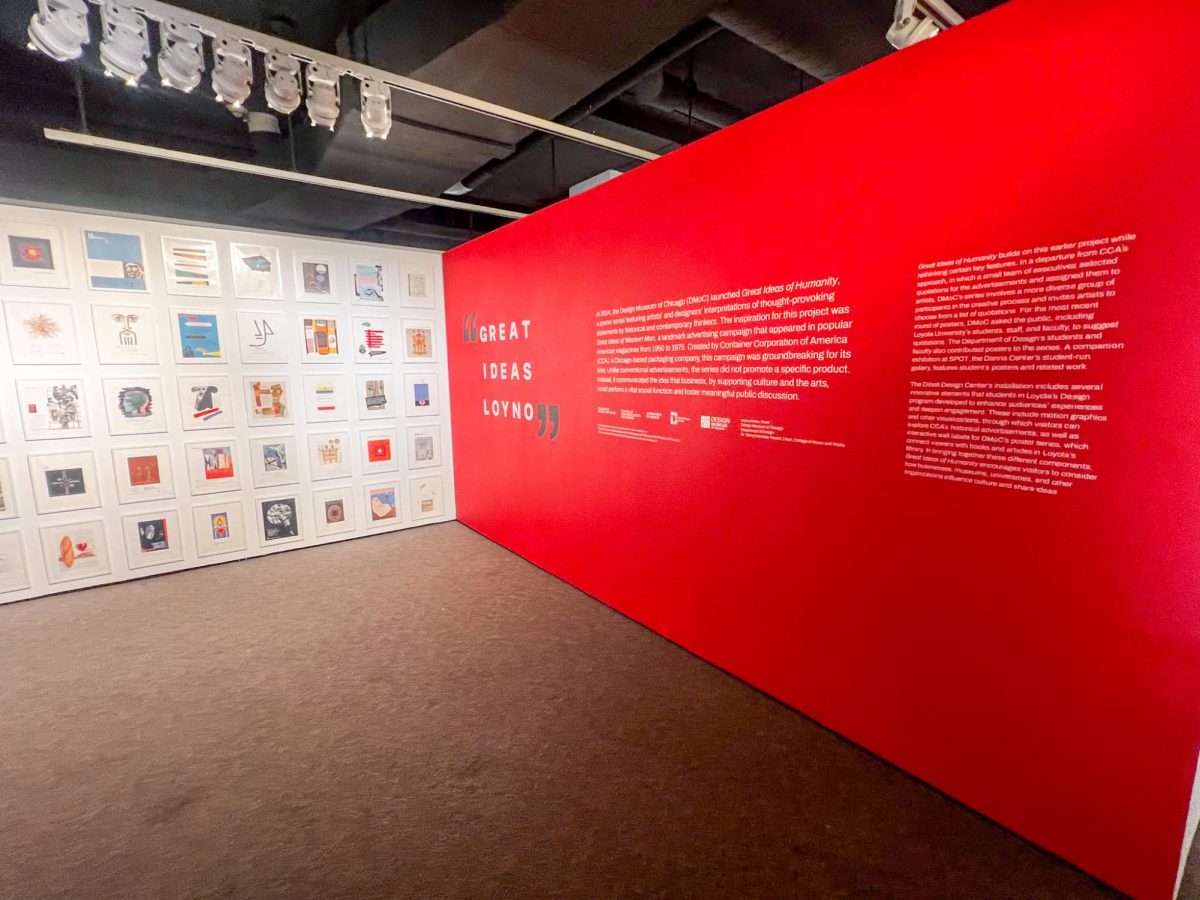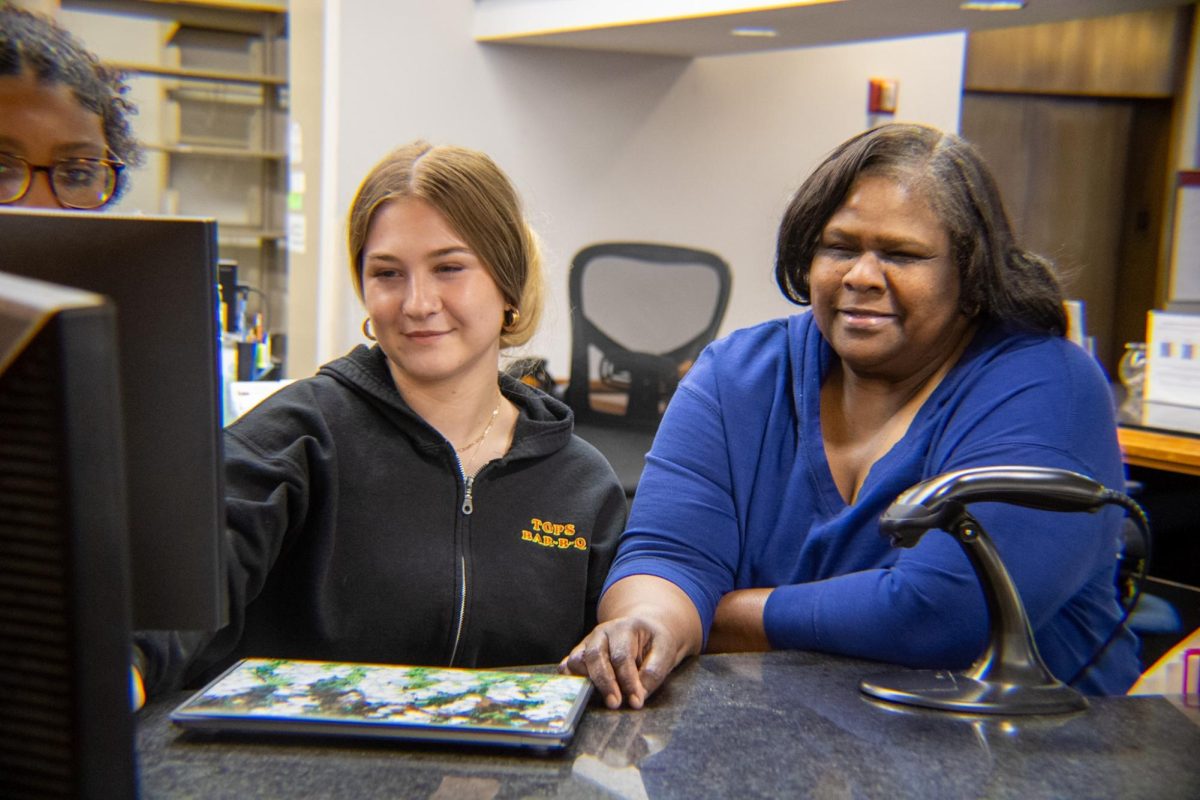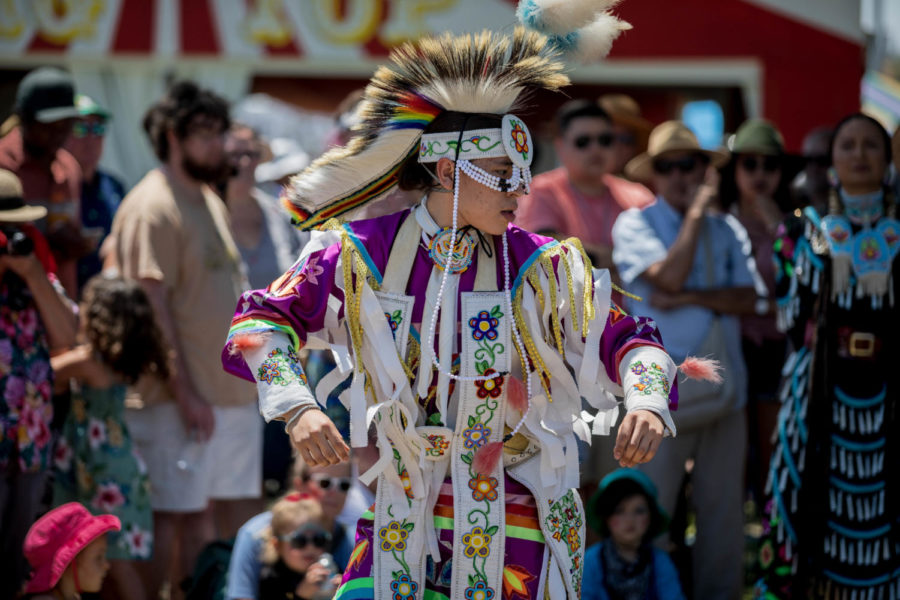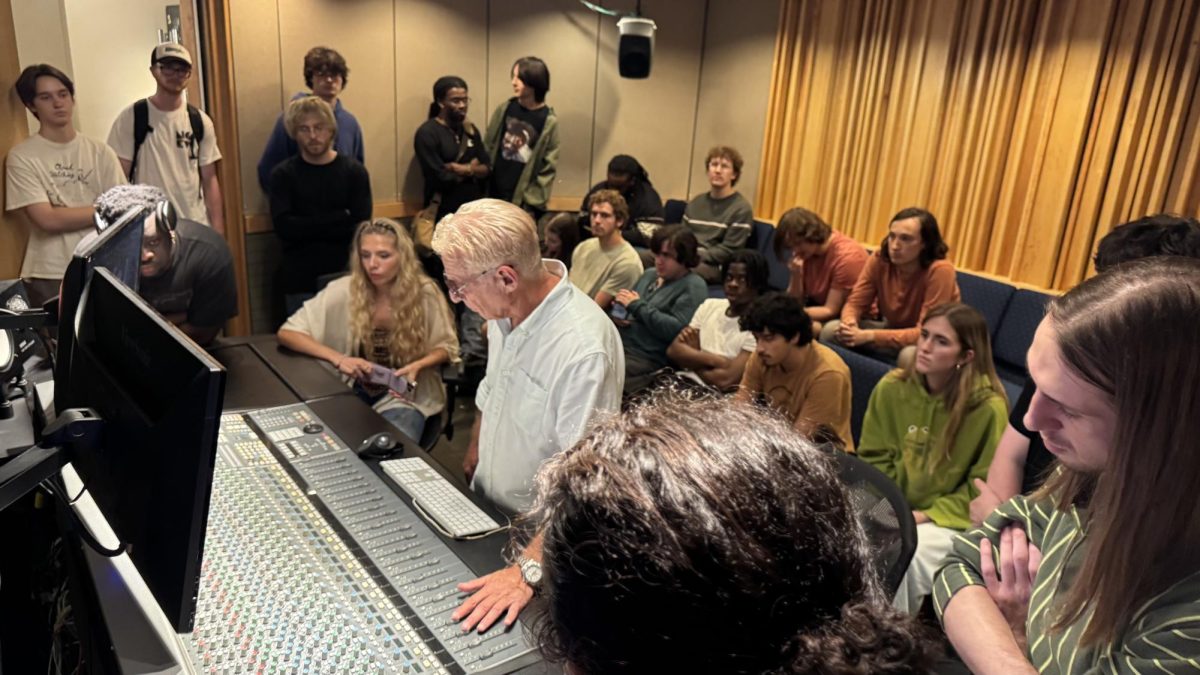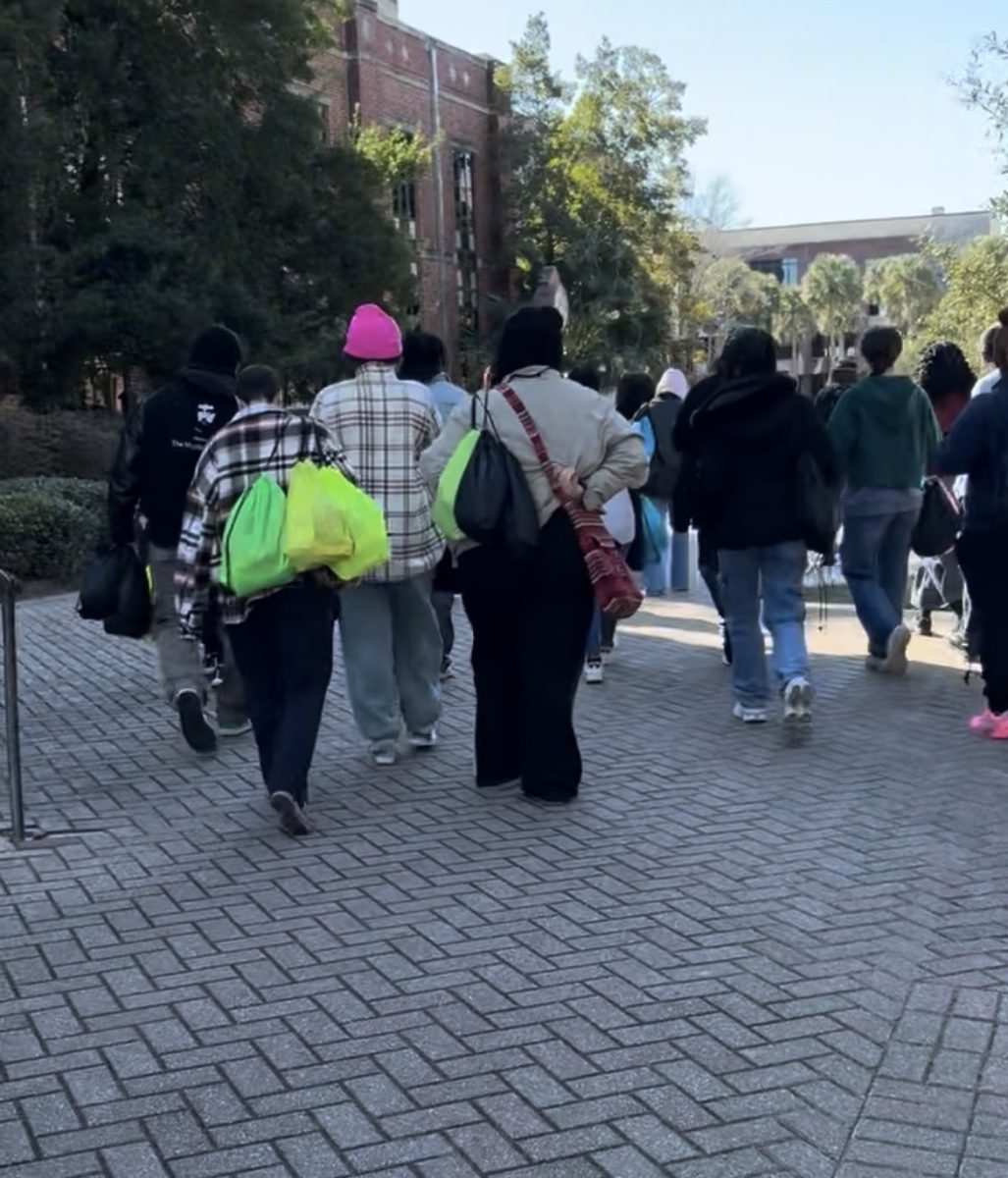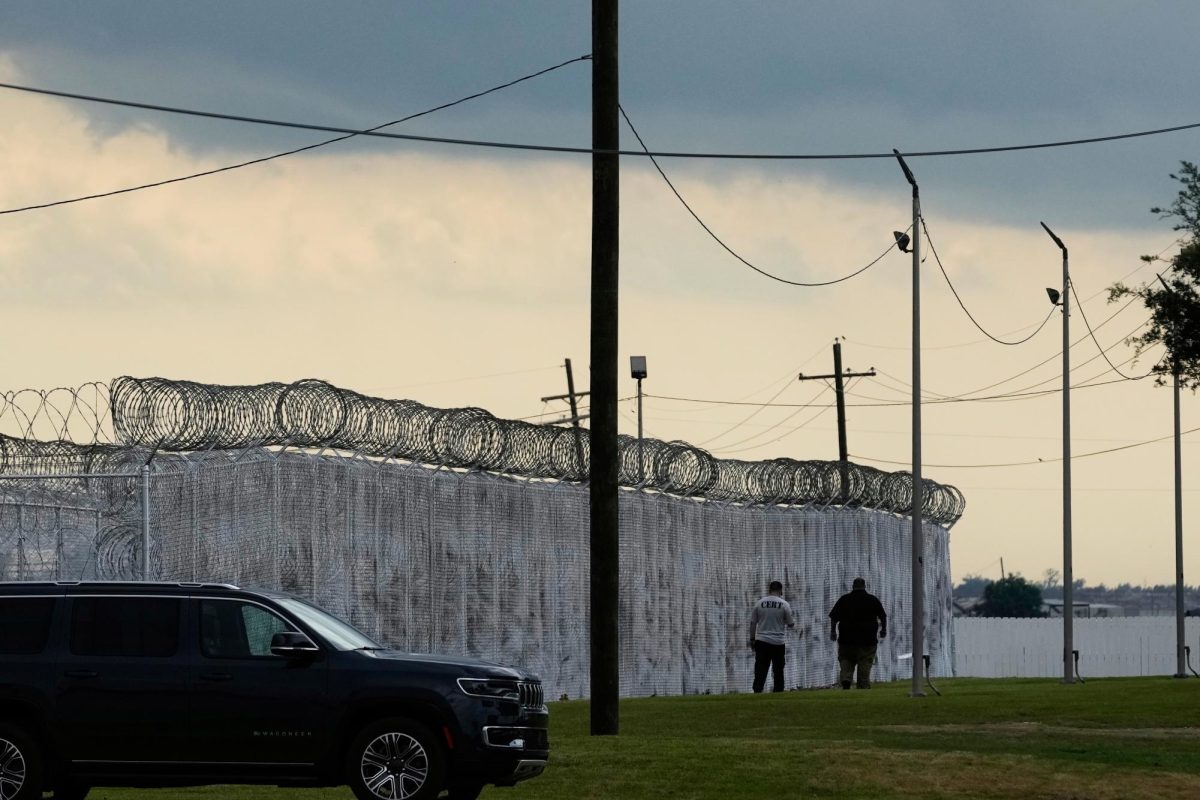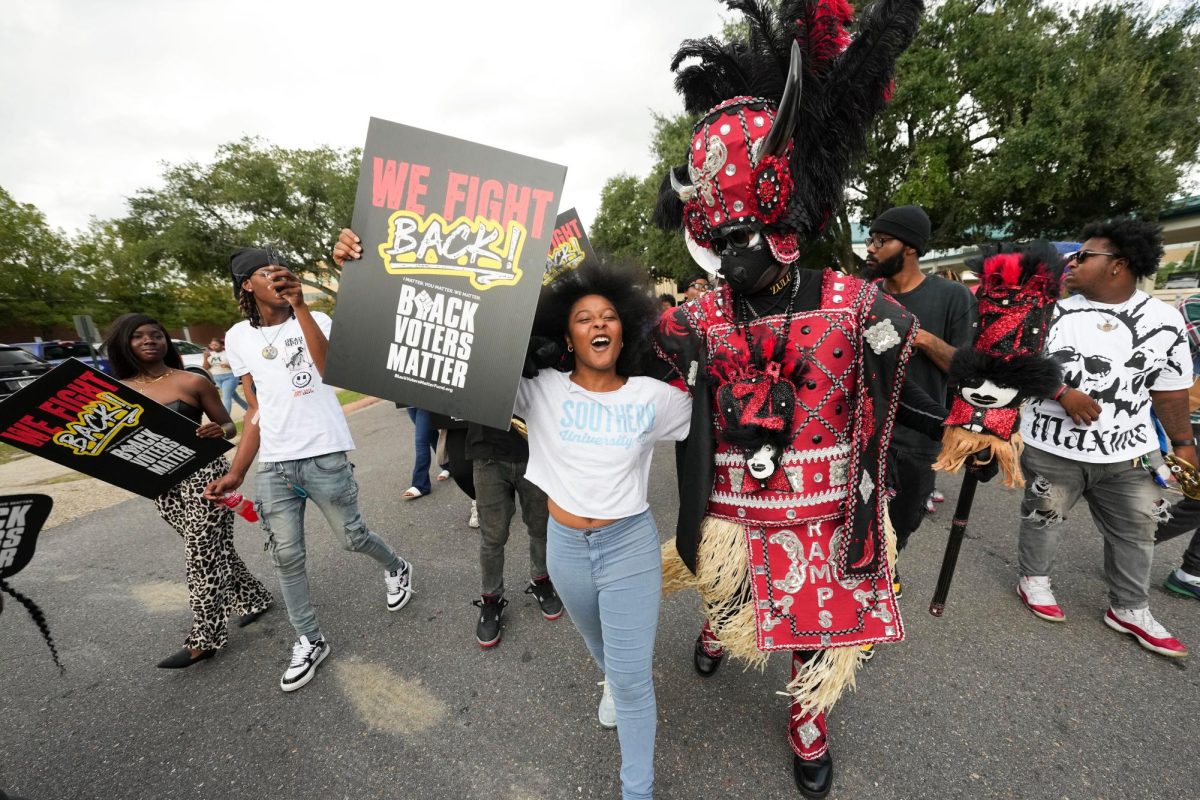Pableaux Johnson was known for his world-renowned dinner parties and documentation of New Orleans culture. The 59-year-old photographer had a heart attack photographing the Ladies and Men of Unity second line.
Buried within the tragedy, Johnson died doing what he had been known for: his passion for photography and exhibiting New Orleans culture.
Loyola English professor Kevin Rabalais was a close friend, fellow photographer, and frequent guest of Johnson’s Monday night dinner parties.
“Getting an invitation to a red beans and rice night at Pableaux’s was enough to make my month,” Rabalais said.
Johnson hosted dinners centered around red beans and rice and he said in his article “Whiskey for Dessert” that these were not a dinner party but planned “impromptu” family-style banquet.
According to Johnson, the dinner began when he inherited his grandmother’s “maple behemoth” kitchen table.
“No one worked harder,” Rabalais said. “No one had a bigger heart.”
There were two rules on these Monday rituals: guests were prohibited from bringing food and no phones at the table “to encourage storytelling,” Rabalais explained. Familiar with Pableaux’s work, Rabalais often saw him read and write around the city.
“We should consider ourselves fortunate to have had someone with such great talent, and with such a giving heart, document our world for us,” Rabalais said.
“Louisiana food and culture, our history and rituals, these gave Pableaux his passion and purpose,” said Rabalias.
Johnson was also known for the Red Beans Roadshow, which were national pop up events introducing the local cuisine traditionally served on Mondays in New Orleans.
“The tablescape is a glorious, semi chaotic mess,” Johnson wrote in an article for Imbibe Magazine, “bowls scraped clean, yellow crumbs scattered about, crumpled paper towel napkins dotted with melted butter and hot sauce.”
Johnson’s legacy is permanently photographed and displayed on walls and screens. The photographs are exhibited in galleries and museums throughout the country, primarily focusing on second lines and kaleidoscopic costumes of the Mardi Gras Indians. He captured a part of the city’s cultural heritage, forged to pay tribute to the Indigenous people who assisted those fleeing slavery in surviving the Louisiana wilderness. Shortly before his death, Johnson won the 2025 Louisiana Endowment for Humanities Documentary Photographer of the Year Award.
Johnson was born on Jan. 8, 1966, in Trenton, New Jersey and was raised in New Iberia, Louisiana. He attended Trinity University in San Antonio, and moved to New Orleans in 2001. Johnson embedded himself in the spirit of New Orleans through his work with photography, writing, producing, and, notably, his charming presence.
In addition to his photography, Johnson was the co-producer and photographer for two documentary films about New Orleans Mardi Gras Indians.
Johnson’s intrinsic fixation on Louisiana’s cultivation influenced both his work and personal life. This passion led him to change his name from Paul to Pableaux, referencing the city’s Latino community and acknowledging his French Cajun roots.
Rabalais usually saw Johnson wearing his signature uniform, a black shirt and blue jeans, with his camera in hand. Johnson generated photos that strived to capture the city’s motto: Laissez les bons temps rouler – Let the good times roll.
Johnson was renowned for his humanity. According to Rabalais, Johnson would take photographs and then print them out to give to those in his photographs.
“He told me that each photograph is like a poem and gift,” Rabalais said.
To his family and the community, Johnson’s death was a loss to the field of documenting New Orleans’ spirit.
Rabalais said that when “someone who has practiced their craft in the most humble, authentic, and exemplary of ways, the world falls temporarily out of balance. Pableaux was one of those once-in-a-lifetime photographers, friends, and sheer good humans. Our world is going to be out of balance for a long time.”


